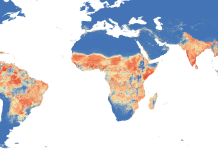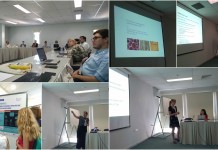Information Extraction

ABOUT
Information extraction allows to uncover structured information from unstructured and/or semi-structured texts and data collections. The natural language processing is an important method in information extraction processes. However, information extraction can not only be applied to text documents but also to multimedia documents such as images, audio and video files.
Information extraction is the filtering of any information from data sets and includes tagging of certain terms in a volume of texts as well as searching for specific documents in data collection. The extraction of information and structure from large unstructured or semi-strucutred data sets is gaining importance in a data oriented society and is applied in various areas.
In an entrepreneurial field information extraction can be used for news tracking, customer care, data cleaning, classified advertising and online shops. Moreover, the extraction of specific information is a useful method in personal information management and is also applied in scientific and web-oriented fields.
RESOURCES
Borgwardt, K. M., & Yan, X. (2008). Graph Mining and Graph Kernels. Proceedings of the 14th ACM SIGKDD International Conference on Knowledge Discovery and Data Mining - KDD 08, 1001.
Borgwardt, K., Böttger, S., & Kriegel, H.-P. (2006). Graph mining. SIGMOD 06 Proceedings of the 2006 ACM SIGMOD International Conference on Management of Data, 38(1), 2–es.
Grishman, R. (1997). Information extraction: techniques and challenges. In Information Extraction (International Summer School SCIE-97) (pp. 10–27).
Sarawagi, S. (2008). Information Extraction. Foundations and Trends in Databases Archive, 1(3), 261–377.











